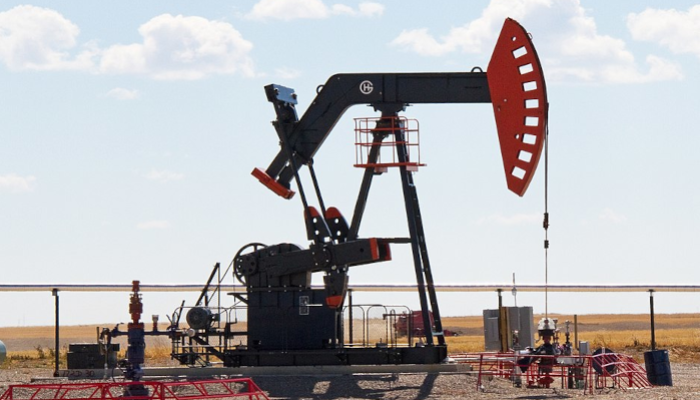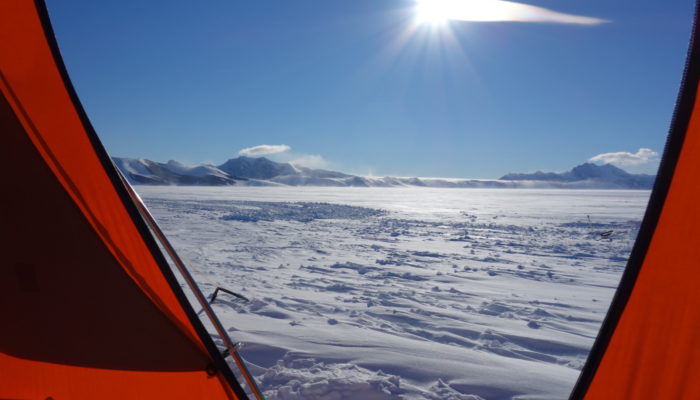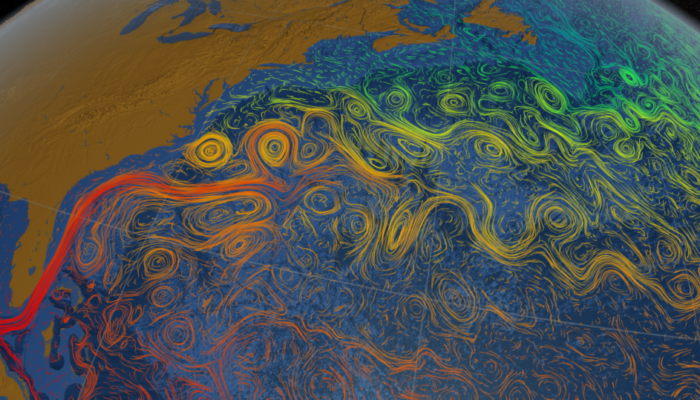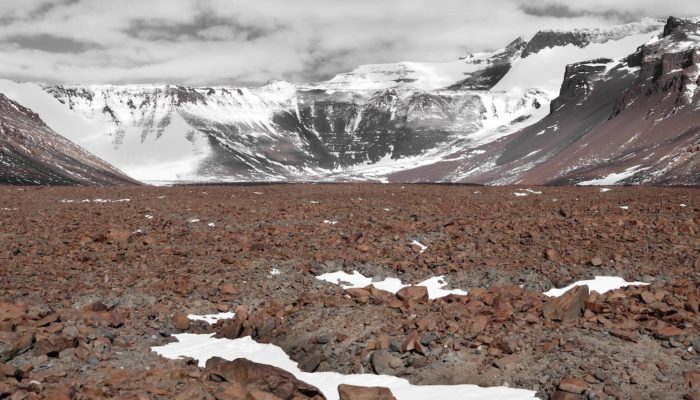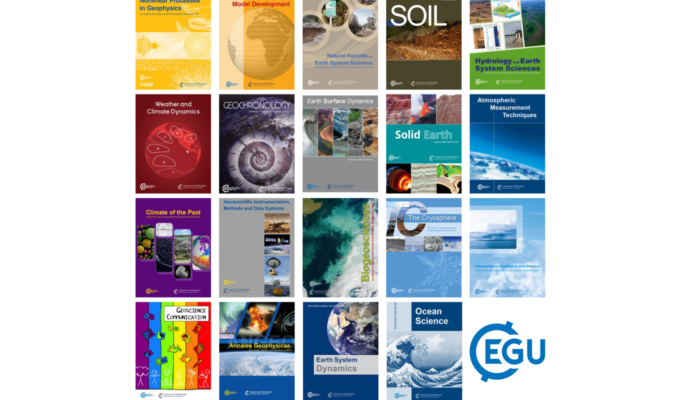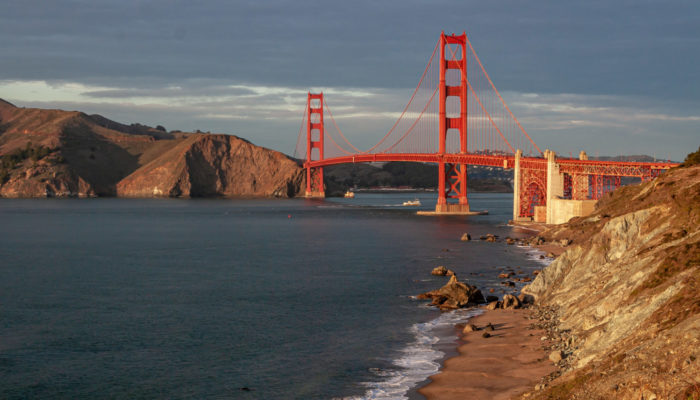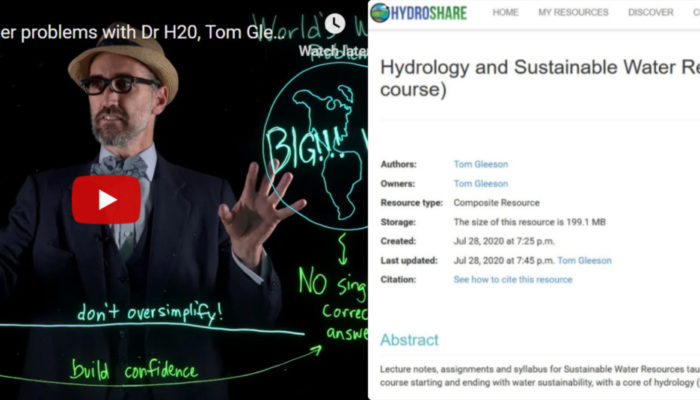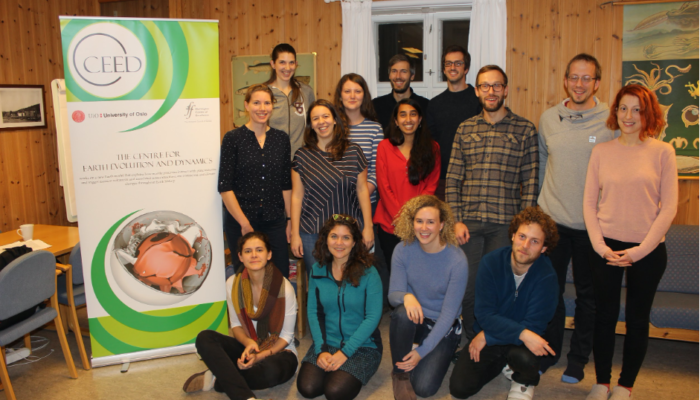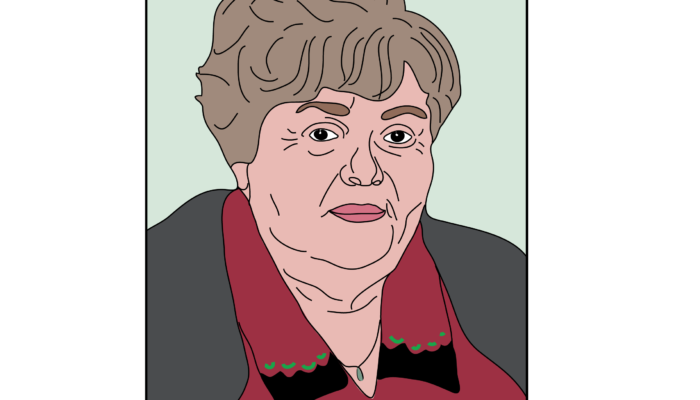Moving a country for a new job is a big step, but at the same time changing from an industry job to academics is definitely a leap in the unknown. This week Arushi Saxena, currently a post-doc at the University of Florida, writes about her experience taking these two steps at the same time. As geodynamicists, we are well aware that our numerical models are a function of the input parameters. A re ...[Read More]
GeoLog
Why is research in Antarctica so important?
On the 1st December 1959 the Antarctic Treaty was signed by 12 nations, setting aside nearly 10% of the Earth “forever to be used exclusively for peaceful purposes… in the interests of all mankind.” In the years that followed more and more countries signed the agreement, until today when the agreement has been signed by 54 countries around the globe. In 2010, the Foundation for ...[Read More]
Ocean Sciences
Life as a “dry” oceanographer – studying Earth’s oceans from your laptop
I didn’t always know that I would become an oceanographer when I grew up, but I knew I would be doing ‘Science’. I was born and raised in Paris, France. While growing up, I was always interested in Science, from watching documentaries about the universe or nature, to attending science events at museums. While Science is very wide and encompasses many fields of research, I wasn’t too cl ...[Read More]
GeoLog
Imaggeo On Monday: Desert Varnish, Antarctica Style
This photograph highlights the oxidized surface of diorite boulders, which fall from the ice at the base of the Mullins Glacier in Beacon Valley, Antarctica when the ice moves directly from a solid state into a gas state, without becoming a liquid in between (a process called sublimation). The particular features (morphology) of the varnish and the desert pavement of this unique environment are re ...[Read More]
GeoLog
GeoRoundup: the highlights of EGU Journals published during November!
Each month we feature specific Divisions of EGU and during the monthly GeoRoundup we will be putting the journals that publish science from those Divisions at the top of the Highlights roundup. For November, the Divisions we are featuring are: Stratigraphy, Sedimentology and Palaeontology (SSP) and Geomorphology (GM). They are served by the journals: Geoscientific Model Development (GMD), Earth Su ...[Read More]
Tectonics and Structural Geology
San Francisco: Where the Plates Meet
San Francisco has been a natural gathering place for people across the millennia. It is not a coincidence that this city, situated at the entrance to the largest estuary on the U.S. West Coast, owes its dramatic setting to active geology on the North American plate margin. The first people of the San Francisco Peninsula, the Ramaytush Ohlone, cared for the land here for thousands of years before E ...[Read More]
WaterUnderground
A buffet of new resources for teaching hydrology and water resources!
By Tom Gleeson (aka Dr. H2O) The content of this post will be presented as an invited eLightning presentation at AGU 2020 in the session “Online Hydrology Education: Lessons Learned from Designed and Impromptu Remote Instruction”. When: Tuesday, 8 December 2020: 07:00 – 08:00 PST What I teach and basic resources I teach Sustainable Water Resources (CIVE 340) at the University of Victoria – a ...[Read More]
GeoLog
How many transdisciplinary researchers does it take to find out how an ocean sinks?
There is no shortage of increasingly uphill challenges in the current research landscape, especially for Early Career researchers: discouragingly long-standing science questions; minimal freedom for developing methodologies; invariably ambivalent proposal reviews; an academic grading scheme based mainly on publication productivity and impact; and enforced competition for few permanent research pos ...[Read More]
Cryospheric Sciences
Seafloor secrets: traces of the past Patagonian ice sheet
Today’s Patagonian ice caps are confined to the high-altitude Andean Mountain range as the Northern and Southern Patagonia ice fields, and they are rapidly melting. The southern part of the Patagonian ice cap drains partially through fast-flowing ice streams into the fjords of Patagonia. Glaciers in this region have been losing ice at accelerating rates by large calving events, due to rising globa ...[Read More]
Tectonics and Structural Geology
Franciszka Szymakowska (05/02/1927 – 2007): the woman whose drawings unraveled the geological history of the Carpathians
Franciszka Szymakowska was born on the 5th of February in 1927 in Krakow. She was lovingly known as “Niusia” (Antoni 2007). About her early life, not much is known. Franciszka did her studies at the Faculty of Mathematics and Natural Sciences of the Jagiellonian University and graduated in 1952. During her studies, she started to work at the Polish Geological Institute. She remained affilia ...[Read More]

